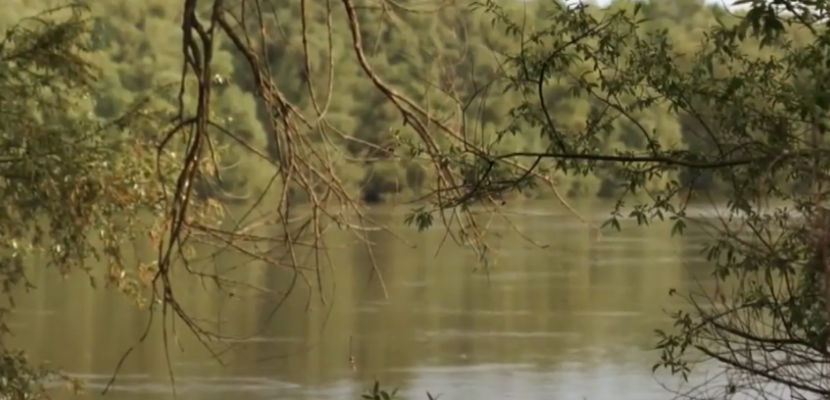Image

Protecting of the English oak in the cross-border area
Published on 03 February 2021

Hungary
Dél-Dunántúl
This is the good practice's implementation level. It can be national, regional or local.
About this good practice
The aim of the project was to stop the deterioration of habitats of indigenous tree species (e.g. English oak) This was achieved with two interventions: a Hungarian-Croatian subsoil water monitoring system was created, consisting of 60 measurement points to provide the data for modelling of a numeric movement of the subsoil water. A network of automatic meteorological stations within framework of the project, followed by collecting further data on the both sides of border about precipitation numbers. Based on the data collected an analysis of forest conditions was carried out examining water ecosystems, forecasting development trends of oak ecosystems, and tackling the possibility of setting up an alarm system to forecasts for detecting malfunctions, creating “inundation” plans and possibilities of the retention of precipitated water. Another comprehensive objective of the project was fighting back invasive species in order to protect the indigenous ones using the framework of assessing invasive species also in Croatia under the coordination of Mecsek Forestry Co. Parallel to this, on the Hungarian side fighting back of invasive ligneous plant species (acacia, false indigo and tree of haven) took place on the area of 155 hectares. As a closing act, the methodology for fighting back species monitored by the Croatian side and already suppressed by the Hungarian side was prepared to summarise experiences collected during the elimination of these species.
Expert opinion
This good practice contributes to the achievement of various goals of the EU 2030 Biodiversity Strategy, chiefly with regard to forest conservation and the containment of invasive alien species. It describes an excellent used of ERDF co-financing and the fact it was recognised as a good practice by the European Commission (DG REGIO) constitutes an evident sign of its success. The technique used to assess forest conditions based on the monitoring of subsoil water is particularly interesting and the cross-border cooperation between Hungarian and Croatian authorities to eradicate invasive alien tree species offers food for thought to other local and regional authorities that may be facing similar situations.
Resources needed
The total ERDF funding of the project was 638.644.62 EUR, which covered 85% of the project’s expenditures
Evidence of success
The project was awarded with the prestigious “good practice” title of the Directorate-General for Regional and Urban Policy of the European Commission.
A mobile phone application was developed to demonstrate the significance of protecting the English oak for all target groups (including hikers and the inhabitants).
Some of the tangible results: 38 monitoring wells established; 17 existing wells cleaned; 7 meteorology stations installed; 155,17 ha of forest cleaned.
A mobile phone application was developed to demonstrate the significance of protecting the English oak for all target groups (including hikers and the inhabitants).
Some of the tangible results: 38 monitoring wells established; 17 existing wells cleaned; 7 meteorology stations installed; 155,17 ha of forest cleaned.
Potential for learning or transfer
Results of the pilot actions (chemical and mechanical cleaning), monitoring well establishment and operation, meteorology station measurement results and cooperation among different stakeholders of the area can be analysed by other regions. Also, the cooperation has revealed an interesting social aspect – the community of foresters is a closed circle in certain respect, which hinders gathering of the information about their work and dissemination of their experiences. This shows that in the future co-operation the attitude shaping impact has to be considered and related supporting activities have to be integrated.
Further information
Website
Good practice owner
You can contact the good practice owner below for more detailed information.
Organisation
Ministry for National Economy

Hungary
Dél-Dunántúl
Contact
Managing Director